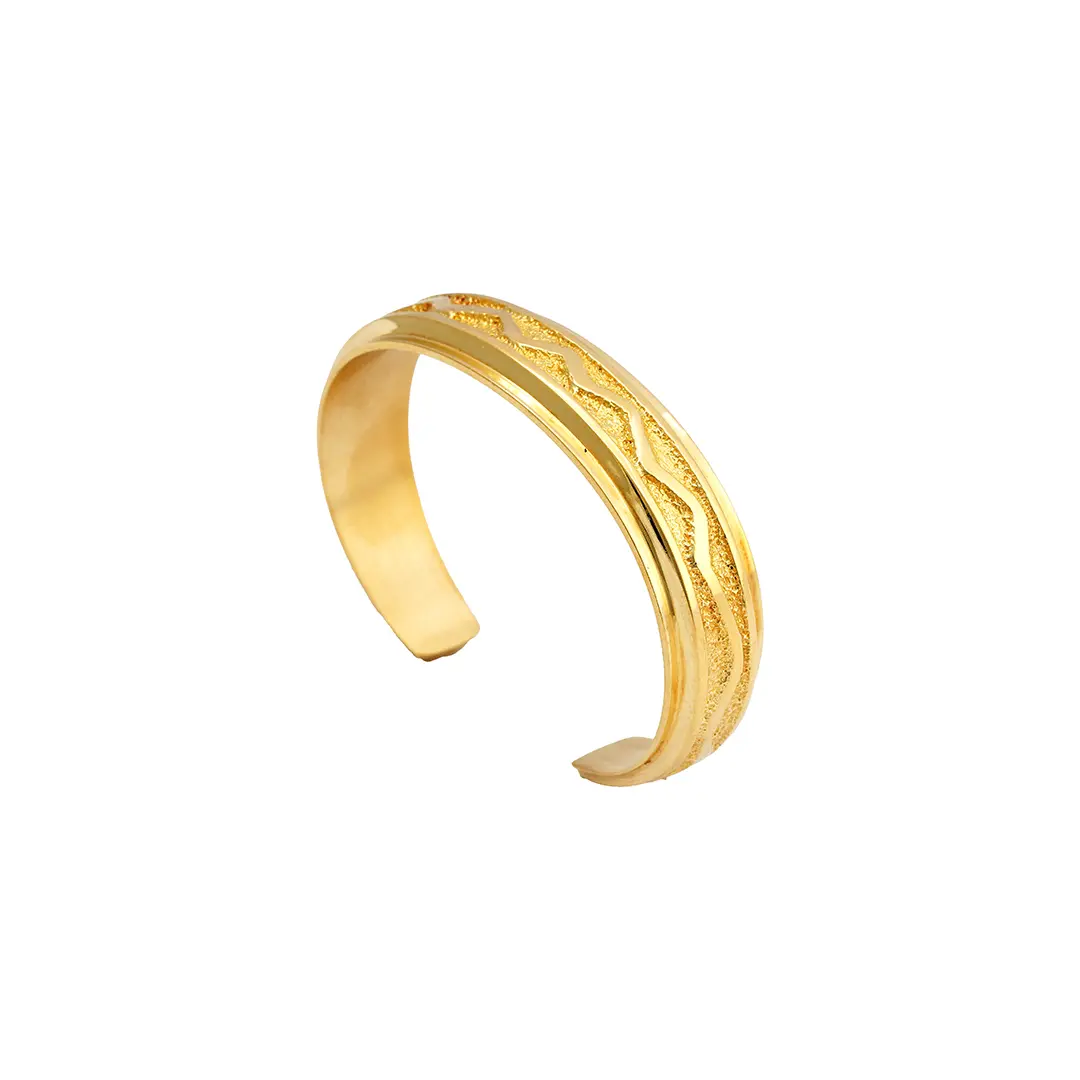Bracelet Sizing Guide: How to Measure Your Wrist for the Perfect Fit
Choosing the right bracelet size is essential for both comfort and style. Whether you’re purchasing a cuff or a link design, our simple guide below will help you measure your wrist accurately and find the ideal fit.
Step-by-Step: How to Measure Your Wrist
You only need a flexible measuring tape, a strip of paper, or a string.
Option 1: Using a Flexible Measuring Tape
- Wrap the tape snugly around your wrist just above the wrist bone (the area where you would normally wear a watch).
- Note the measurement in inches or centimeters.
- This is your wrist size.
Option 2: Using a String or Strip of Paper
- Wrap the string or paper around your wrist in the same location (above the wrist bone).
- Mark the point where the string overlaps.
- Lay the string flat and measure it with a ruler.
- This is your wrist size.
Choosing the Right Fit
Different bracelet styles may fit differently. Here’s a general guideline based on the style of bracelet:
Cuff Bracelets (Non-Adjustable)
Cuffs should fit snugly but comfortably. We recommend adding 1/4″ to 1/2″ to your wrist measurement depending on your desired fit:
- Snug Fit: Add 1/4″
- Comfort Fit: Add 1/2″
Example: If your wrist measures 6″, a cuff bracelet that is 6 1/4″ to 6 1/2″ total (including the opening) would be ideal.
Chain or Link Bracelets
For flexible bracelets with clasps:
- Add 1/2″ to 3/4″ to your wrist measurement for a comfortable fit.
- A looser fit can be achieved by adding up to 1 inch.
Faust Gallery Bracelet Size Chart
| Wrist Size (inches) | Recommended Bracelet Size (cuff or chain) |
|---|---|
| 5.5″ | 6″ – 6.25″ |
| 6″ | 6.5″ – 6.75″ |
| 6.5″ | 7″ – 7.25″ |
| 7″ | 7.5″ – 7.75″ |
| 7.5″ | 8″ – 8.25″ |
| 8″ | 8.5″ – 8.75″ |
Note: Cuff sizes include both the inner circumference and the opening.
Helpful Tips
- If you’re in between sizes, choose the larger size for comfort.
- Keep in mind that handmade cuffs often cannot be resized due to the materials and techniques used—accurate sizing is essential.
- Feel free to contact us if you’re unsure. We’re happy to help you find the right fit for any piece.
Still Unsure? We’re Here to Help.
At Faust Gallery, we’re committed to ensuring your bracelet fits beautifully. If you need personalized guidance, don’t hesitate to reach out to us at sales@faustgallery.com or visit us in Scottsdale or Santa Fe for an in-person fitting.


